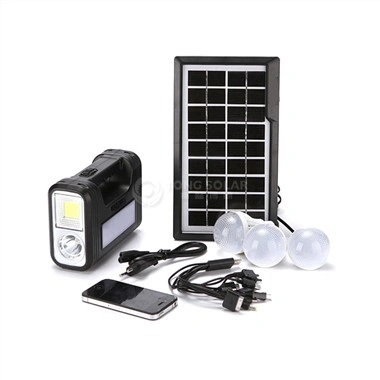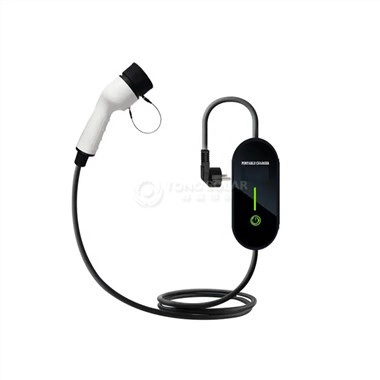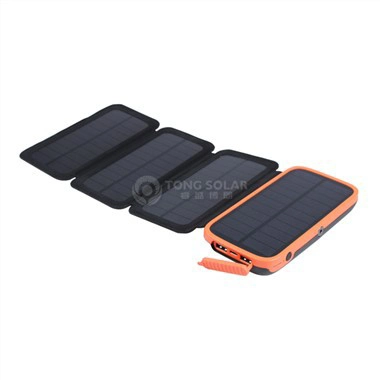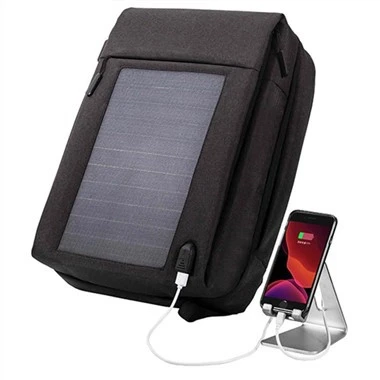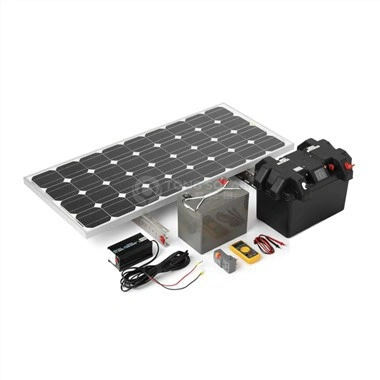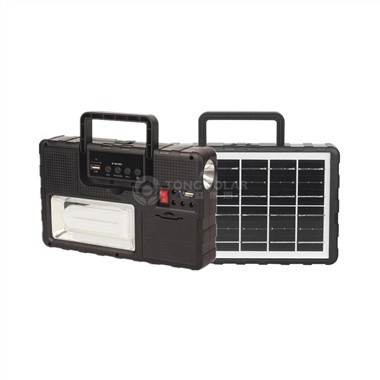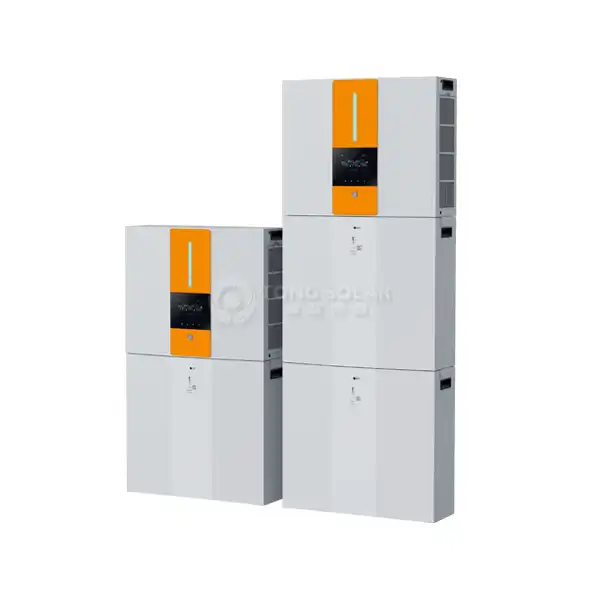How to Install Wallbox EV Charger?
2024-01-31 10:43:37
What do I need to install a home EV charger?
Installing an electric vehicle (EV) charger at home requires some planning and preparation. Here are the main things you'll need:
- Compatible EV charger - Make sure to choose a charger that is compatible with your electric car's charging port. Popular level 2 chargers include brands like Chargepoint, JuiceBox, ClipperCreek, etc.
- Electrical capacity - A level 2 charger requires a 240-volt electrical circuit with sufficient amperage, typically 40 amps or more. Check your electrical panel to ensure there is enough capacity.
- Mounting location - Decide where you want to mount the charger. It should be close enough to where you park the EV for the cord to reach. The installation will be cleaner if you can locate it near an existing 240V outlet.
- Electrical permit - Most localities require an electrical permit before installing a new 240V circuit for an EV charger. Research permit costs and regulations.
- Hardware - You’ll need mounting hardware compatible with the surface where you are installing the charger. Outdoor locations require weatherproof gear.
- Conduit and wiring - New wiring from the electrical panel to the charger mounting location may be required. Consult an electrician.
- Tools - Hand tools like drill, wrenches, saw, and voltmeter are needed. Specialized tools make pulling wires easier.
What are the steps to install a home EV charger?
The installation process for a home EV charger will vary by model, but generally involves the following key steps:
- Choose an appropriate location - Pick a spot as close to your electrical panel as possible while still reaching your EV parking spot. Ensure a safe, dry mounting surface sheltered from weather.
- Get electrical permit - Apply for permit from local building department if required in your area. Provide details on charger model, circuit amperage, and installation location.
- Install new circuit - Run conduit and wiring from main panel to charger mount location. A licensed electrician handles this step in most cases. Use thick, stranded copper wire.
- Mount the charger - Secure the charger to the wall or pole using the provided hardware. Make sure it is level, with the cable outlet facing downward.
- Connect wiring - Hook up the circuit wires to the appropriate terminals inside the charger. Follow the installation manual. Double check connections.
- Attach the connector - Plug in the connector cable to the front of the charger if it is detachable. Make sure it clicks securely in place.
- Power up and test - Turn on the new circuit at the main panel. Check the charger for power. Plug in your EV and verify it begins charging when connected.
- Get inspection - If required, have the completed installation inspected by the local building department to get final approval.
- Set charging schedule - Program the charger timer function according to your preferences, like charging only during off-peak electricity rates.
What are the costs of installing a home EV charger?
Installing a dedicated Level 2 EV charger at your home typically costs between $600-$1,200 in total, with the major expenses being:
- EVSE (charger unit) - Budget $400-$800 for the wall-mounted charger itself. The cost depends on brand, power output, and features.
- Electrical work - Expect to pay $200-$500 for new wiring, conduit, circuit breaker, permits, and professional electrician installation.
- Mounting hardware - Wall brackets, poles, or pedestals to mount the charger cost around $50-$200. Outdoor rated enclosures add more.
- Permit fees - Electrical permits usually cost $100-$150, sometimes more, depending on local jurisdiction. Inspections may incur additional fees.
- Maintenance - Minimal costs for keeping the charger in good condition. Cleaning or replacing parts like cables once warranty expires.
- Electricity - The actual charging costs depend on local electric rates and how much you drive. With most power companies, charging at home is far cheaper than public stations.
Many electric utility companies offer rebates or discounts on home charger installations, which can offset 50% or more of the hardware and installation costs. The incentive savings combined with lower charging costs means a home EV charger often pays for itself within 1-3 years for most drivers.
References:
U.S. Department of Energy. "Learn About Home Charging Installation." Accessed January 2023.
ChargePoint. "Home EV Charger Installation Guide." Accessed January 2023.
Electrify America. "Residential EV Charging Guidelines." Accessed January 2023.
InsideEVs. "How Much Does it Cost to Charge an EV?" Accessed January 2023.
EnergySage. "How much does it cost to install EV charging at home?" Accessed January 2023.
